The Kurma -Purana (In 2 Volumes)
The present volume contains the Kurma Purana part I (Chapters 1—53) completing the first half (purvãrdha) of the text in English translation. This is the Twentieth Volume in the series of fifty Volumes which we have planned on Ancient Indian Tradition and Mythology. The project of the series was envisaged and financed in 1970 by late Lala Sunderlal Jain of Messrs Motilal Banarsidass. Hitherto nineteen volumes of the series (comprising English translation of Siva, Linga, Bhagavata, Garuda and Narada Puranas) have been published and released for sale. The present volume, like all other volumes, is encyclopedic n character. It deals with the miscellaneous topics such as Cosmogony, Religion, Philosophy, History, Geography and Astronomy. In Religion and Ethics it places emphasis on the performance of duties of one’s own profession (Varna-dharma) in relation to one’s own stage of life (arama). It also recounts the glory and greatness of the holy places of pilgrimage— Varanasi and Prayàga in particular. In philosophy it follows the Sankhya system of thought in regard to the creation, sustenance and dissolution of the universe. In History it describes the genealogies of the solar and lunar races and the episodes of ill ustrated kings. In Geography it describes Bhuvanakoga, seven Dvipas, their flora and fauna, their mountain and river- systems. In Astronomy it describes the planetary system, the solar chariot, the chariots of planets, the function of the twelve àdityas, the seven rays of the sun. In the sectarian grouping of the Puranas, the Kürma comes under the Saiva Puränas. The author of the Padmapurä a (Uttarakhanda 262. 81-4) classifies Karma as Tamasa together with Linga, Siva, Agni and Skanda. But scholars like S. K. Dc think that Kurma was originally a Vaisva Purâna which was Pasupatized later on. However, we have tried to show in the footnotes that the Purana-writer was a non sectarian person neither pro-Visnu nor pro-Siva. He wanted to emphasize that as manifestations of the supreme Brahma both Siva and Visnu are the same. There is an obvious tendency cowards compromise between Vaiavism, Saivism and other of the Puranic Pernr1 To Illustrate Compare Part 1, Ch. 10 where Brahmã is praising Siva, oneness of the family of gods—Brahma, Visnu and Siva emphasized. Part 1, Ch. 12 enumerates one thousand epithets of the Goddess Umã and glorifies her different aspects; Part 1, Ch.16 eulogizes Nrsimha, the Man-Lion of incarnation of Visnu against whom the Pasupata missile discharged by Hiranyaksa had no effects. In part I Ch.16 Siva is said to have sought refuge in lord Visnu Part I Ch.17 Contains a hymn to Visnuo on the other hand in part I Ch.26 Srikrsna a full fledged incarnation of Visnu performs penance and propitiates Siva for getting a son from Jambavati. The foregoing illustrations and more reveal a clear attempt to amalgamate the different deities especially the trinity of gods to counteract the divine tendencies in different sects in those times. The translation of the Kurma Purana is already published by the Kasiraja Trust Varanasi. But the present translation contains some special features which may be noted here.
(i) the present translation is based on the standard edition of the Venkatesvara press.
(ii) In the translation a number of Vls are incorporated which are not included in the Varanasi edition.
(iii) As a text critic the translator has discussed a few readings of the critical edition and has given reasons why he has accepted a particular reading.
(iv) The Present edition gives the English translation of practically every epithet in the one thousand names (Sahasranama) of the goddess Uma. The Varanasi edition of translation gives merely a transliteration in Roman script of the Sanskrit works used as epithets in the Sahasranama. (v) Annotations include ample material on the Pasupatization problem of the Kurma Purana. The annotator has shown that the Kurma Purana is textually more indebted tot eh Visnu Purana and not so much to the Linga Purana as Dr. Gupta tries to show in his critical notes of the critical edition of the Kurma Purana. (vi) The annotator has compared each and every mythological episode with the same in other Puranas. He has put elaborate notes on the topics of Dharmasastra and the references of philosophy. The comparative table of common verses in the Kurma Purana and other Puranas is also a new feature.
Get it now and save 10%
BECOME A MEMBER



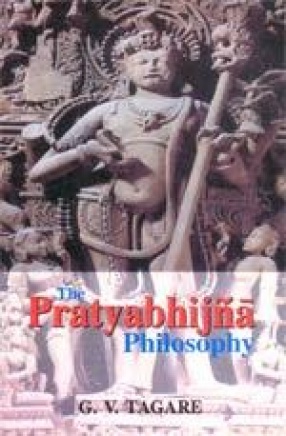
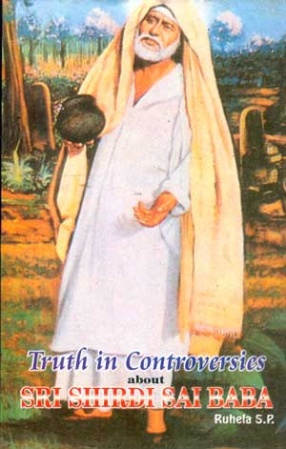
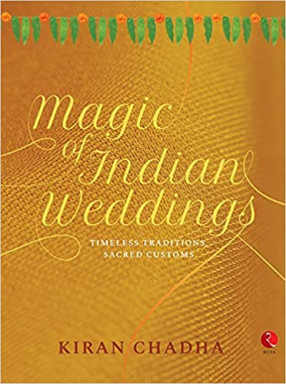
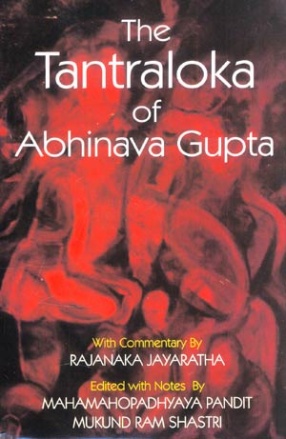
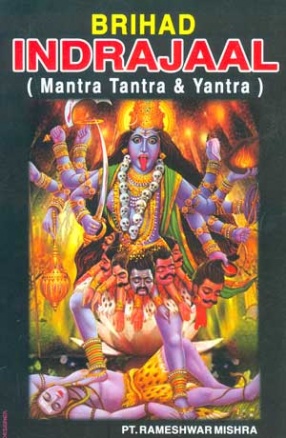

Bibliographic information